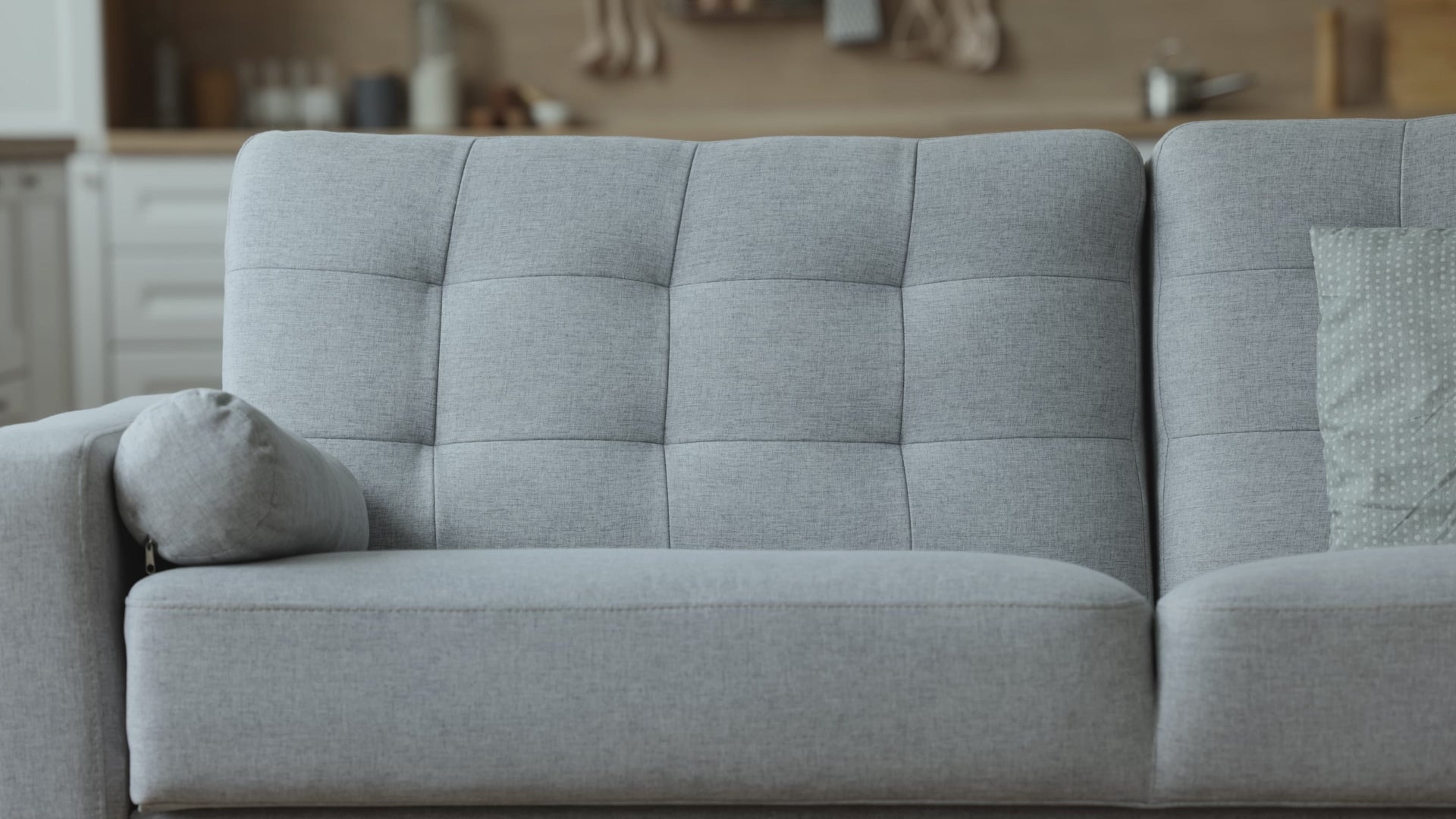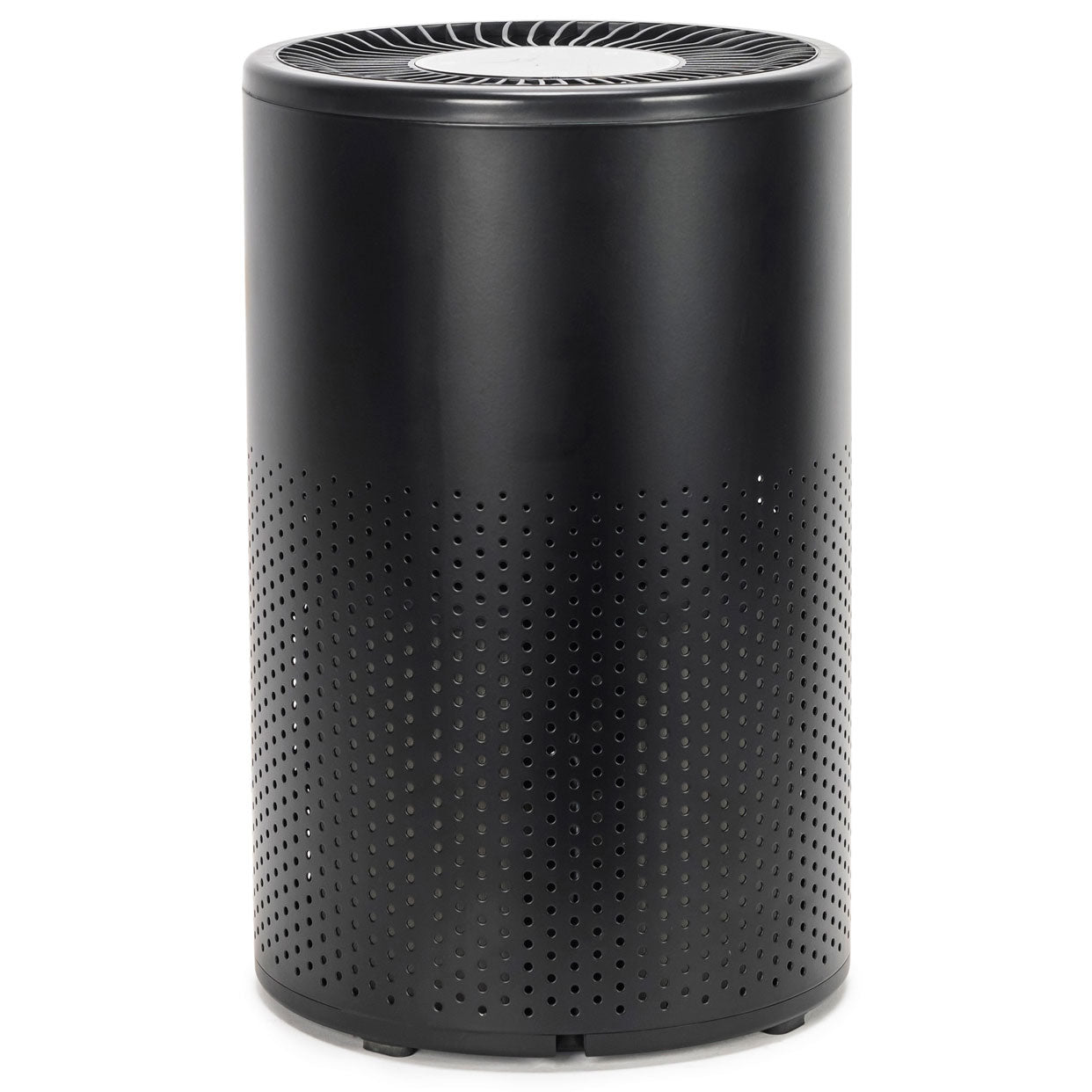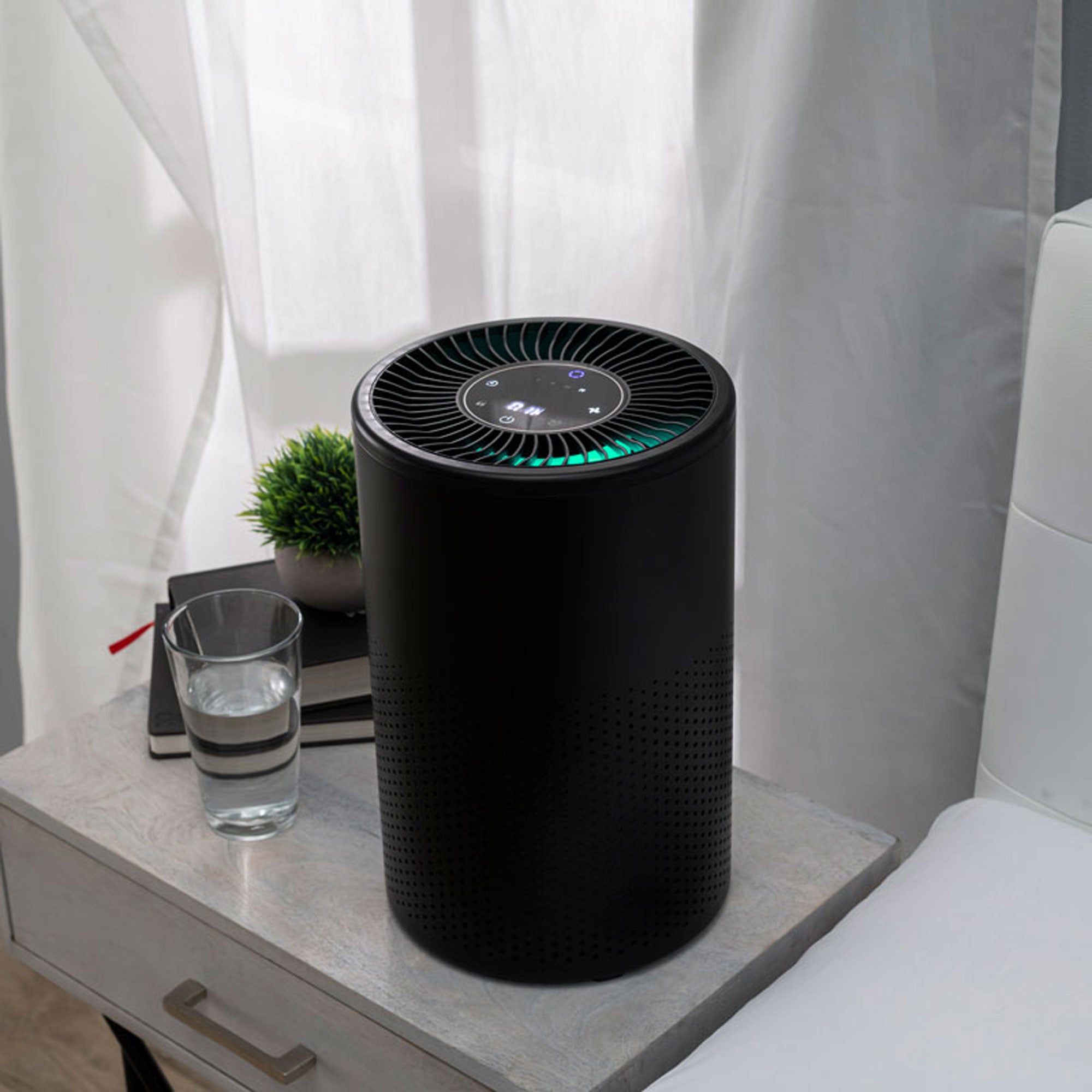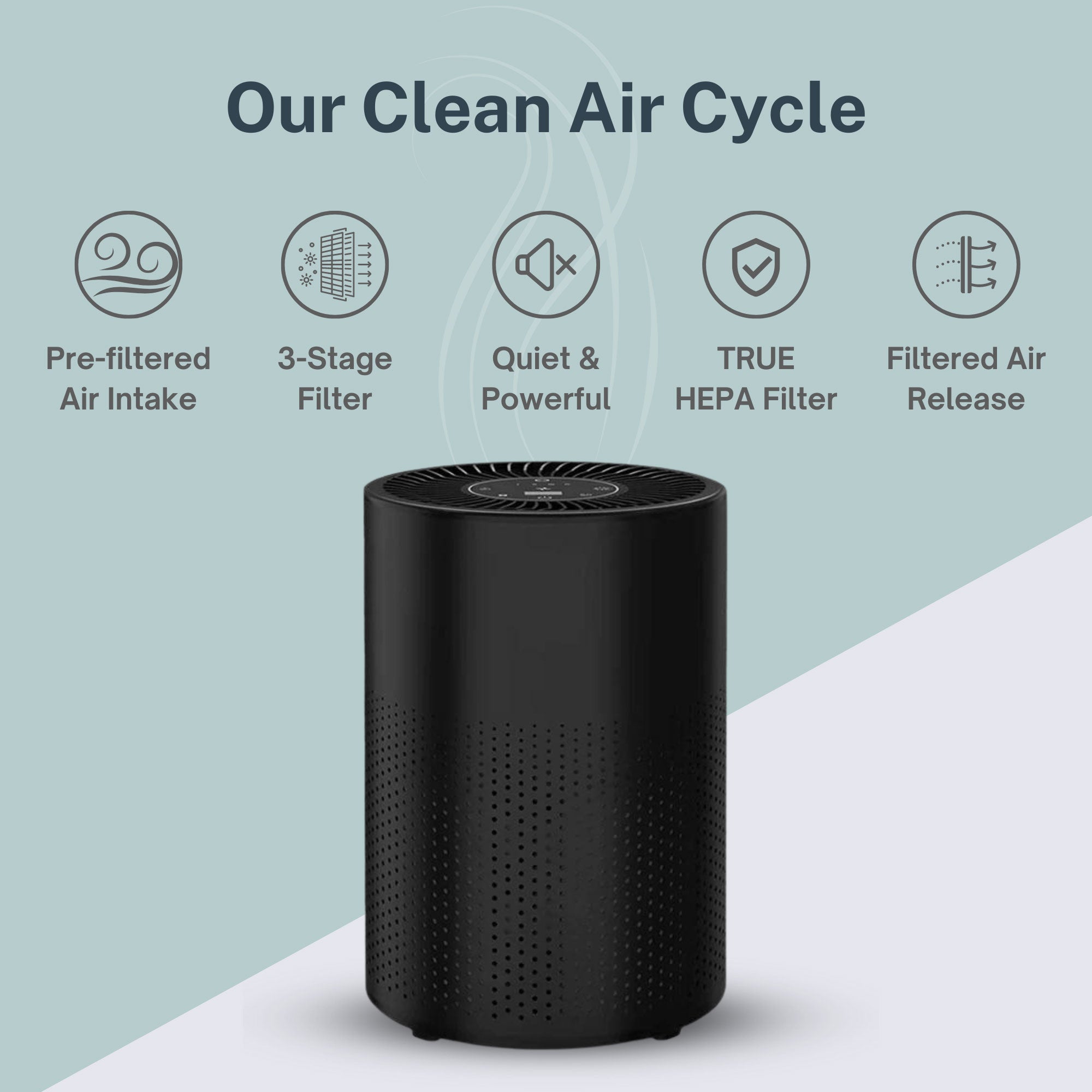We often think of our homes as a safe haven, shielding us from the outside world. Most people take the air they breathe at home or at the office for granted. But more often than not – even with the many fumes produced from factories and cars – your indoor air quality is much worse than the air beyond your walls. And the quality of that air can have an enormous impact on your health.
Not convinced? Check out this infographic about what's really in your air. The data will shock you!{{cta('7d188126-169e-4a73-910b-14841f9652ce','justifycenter')}}
Air pollution is everywhere – both indoors and out. And the reason your home’s air is more polluted than outdoor air is because your home doesn’t benefit from the many of nature’s processes that clean outdoor air. Outdoor air is regulated by everything from the sun’s UV rays and photosynthesis to wind and electric thunderstorms. But indoor air often has only has no place to escape. In fact, the EPA identified poor indoor air quality as one of the top five public health threats to Americans.
There’s no real question about whether or not you’re exposed to allergens and dangerous contaminants. The true questions are:
- How bad is your indoor air quality?
- What’s really in the air you’re breathing?
- Do you really need to purify your air?
The Many Causes of Indoor Air Pollution
There are many contaminants and particulates that contribute to poor indoor air quality, including (but not limited to):
- Pet dander and pollen brought in from outside
- Glue from furniture and chemicals in cleaning supplies, cosmetics and aerosols
- Natural mold, bacteria, fungi and viruses
- Fumes from appliances such as wood stoves and heaters
At work, pollutants and toxins may be even more potent and dangerous, which you could be bringing home with you. Beauty salons are filled with chemicals from hairsprays and dyes or acetone from nail polishes. Construction workers are constantly exposed to asbestos and other airborne particulates. And medical professionals come in contact with viruses, bacteria and other bio-hazardous pathogens on a daily basis.
Certain pollutants are more hazardous than others, however:
- Carbon Monoxide – a compound released when engines burn fossil fuels. When exposed to CO for prolonged periods, it can cause lightheadedness and fatigue. And in the long run, it can be fatal, which is why having a CO-detector in your home is an absolute necessity.
- Lead – a soft, blue-gray metal typically found in compounds with other elements. Lead used to be an ingredient in gasoline, paints and even pencils. Now, its use is illegal. But if your home has old, lead-based pipes or paint, it can become airborne, and it’s known to cause kidney problems, heart attacks, strokes and even lower your IQ.
- Particulates – little bits of material in the air, including dust, construction debris and particles released from burning fuel. It can worsen asthmatic symptoms and induce other lung diseases.
How Do Indoor Air Pollutants Affect Your Wellbeing
As the previous section insinuates, pollutants can both make your allergy or breathing issues more problematic or create harm on their own.
Many health problems are exacerbated by dust, pollen, dander, mold or other particulates. Without addressing such air quality issues, you or your family members’ allergies or other issues can cause you to suffer more than normal. Many of us simply decide to put up with these problems though, despite the fact that we have issues sleeping, breathing and generally being comfortable in our own homes.
Another theme present above is how many products we buy contribute to our air quality issues. Carpeting, furniture, paint and many other home staples create off-gassing and VOCs, most notably, formaldehyde. And you might spread thin layers of harmful chemicals used in cleaning supplies all over your home. The introduction of “green” cleaning supplies has exploded in recent years due to the discovered health issues that many common home products cause.
Where you live also plays a role in your potential well being. If you live in a temperate climate and keep your windows open regularly, you could be allowing outside pollutants into your home. There’s plenty of awareness about the smog and air quality issues in Los Angeles, for example. Even Salt Lake City has its issues due to specific air pressure dynamics at certain elevations that trap pollution, called an inversion layer. But these cities are far from alone. And if you live in colder climates with prolonged months of extreme cold, you could be trapping VOCs because you keep your windows closed for long periods.
Beyond health concerns, certain pollutants give off foul odors that disturb many homeowners. A/C units, for example, often produces molds that give off odors – colloquially known as the “dirty sock syndrome.”
How Air Purification Can Help
When most of us spend 90% of our time indoors and 65% of our time at home, we should be doing more to improve our air quality. Purifying your air can have substantial health and physical benefits. Cleaner air is easier for your body to breathe in. When your lungs pull in clean air, they absorb oxygen more effectively, which helps your heart more efficiently deliver oxygen to your brain. Ultimately, you’ll feel more alert and energized throughout the day. Your family will benefit too. Kids are far more susceptible to lung and other development issues caused by poor air quality.
Air purification has its doubters, however. And part of the reason is that there many suboptimal air purifiers in use. The best air purification technology “works without filters, releasing ions into the air that cling to contaminants and remove them from the air.”
Ionic purification – as the category is known – emits ions that damage contaminants and stunt their ability to replicate, which reduce their numbers to almost nothing and create a much healthier indoor environment. Bipolar ionization and Advanced Hydrated Photocatalytic Oxidation are the most advanced and effective purification technologies on the market.
Before you decide whether or not you’re ready to invest in an air purification system, you may want to learn more about the sources of pollutants in your air
Click below to download our indoor air quality infographic and learn eye-opening statistics about the air you breathe.
{{cta('8e432f30-c87c-4560-b8d4-3b386b058fbb')}}

























































